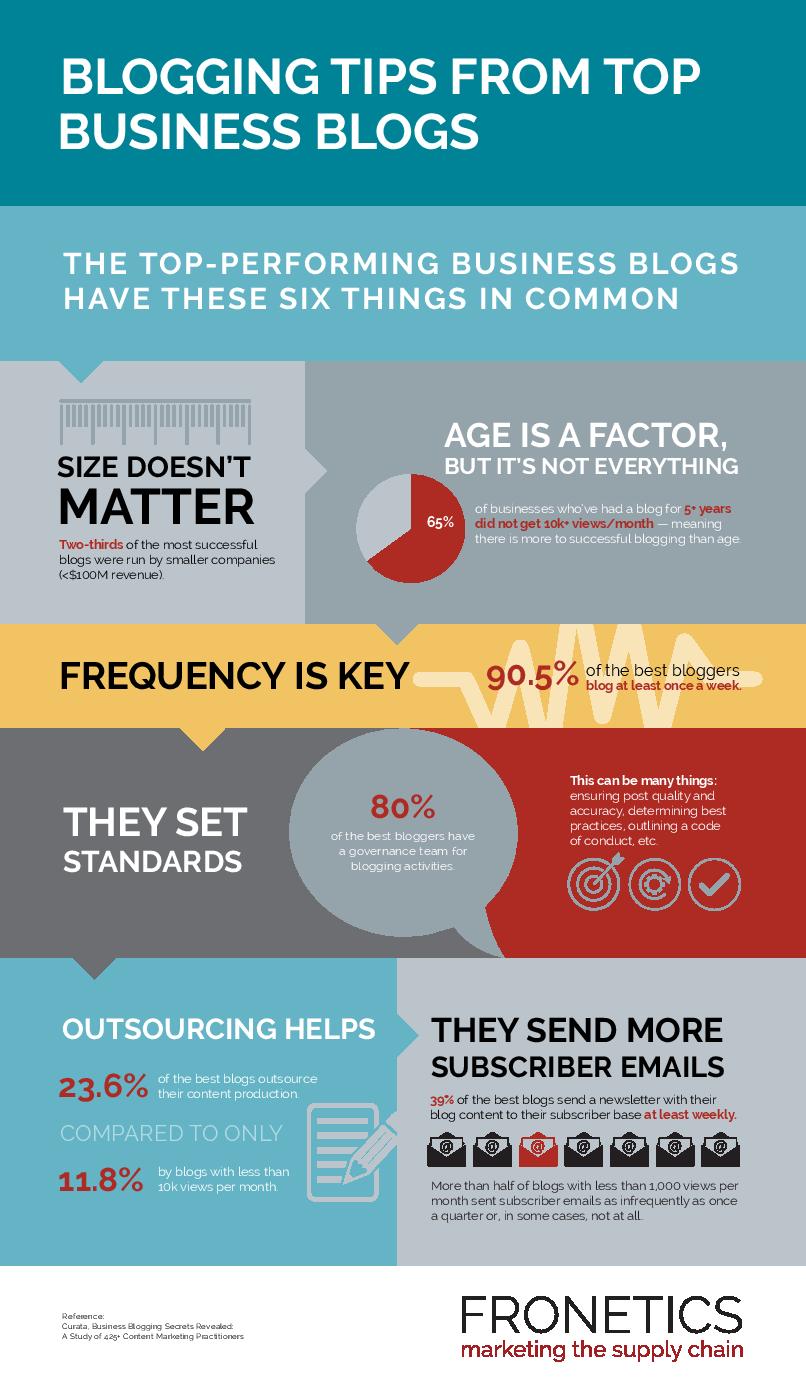
Generate Leads Faster with Your Blog: Two Tips for the Supply Chain
Use these two strategies to help your blog generate leads faster.
Creating quality content for your blog that educates and engages consumers takes significant investment and resources. But, unfortunately, blog posts usually don’t deliver the immediate ROI that many companies are looking for.
A blog is an excellent lead-generation tool. But, as I’ve written about before, it takes time to generate leads and sales.
Like a fine wine, blog posts become more valuable with age.
Older content — likely, with more shares, likes, and referrals from other webpages — hold more credibility with search engines. The more credible the blog post, the higher it will rank in search engine results. What does this mean for you? The more time your blog has to circulate the internet, the more opportunity people have to read it, the higher it will appear in search queries. It’s that simple.
But your boss wants to see results in the form of leads and sales now. How can you bridge the gap between giving your blog the time it needs to become credible and boosting your lead-generating efforts for this sales cycle?
If you want to accelerate lead generation, it’s going to take a greater investment. But if you’re willing to commit more time and resources, here are two things you can do to see results sooner than later.
Two things you can do now to get leads faster
1. Publish more frequently.
Search engines value posting frequency because it shows that your blog is a consistent source of content. The question is, how much can your organization publish without experiencing a decline in quality and relevancy? Those are other factors influencing search engine rankings, not to mention readership, leads, and conversions.
But “more frequently” doesn’t have to mean going from 0 to 60. Even publishing once more per week can make a dramatic impact. This story, for example, shows how publishing one more post per week helped a client’s web traffic increase by 23%, sales leads double, and a prospect convert to a customer — and that was just in just one month.
A HubSpot study showed a tipping point around 400 total blog posts — blogs with 401+ total posts generated twice as much traffic as those that had published 301-400 posts. And more specifically, B2B companies with 401+ total blog posts generated nearly 3X as many leads as those with 0-200 posts. The faster you can reach that 400 mark, the quicker your results.
2. Don’t neglect your old content.
It’s important to keep in mind that the majority of your web traffic (aka potential leads) will first encounter your older content. Looking at Fronetics’ most-viewed posts last month, for example, 80% were published at least six months prior. In fact, 50% were more than a year old.
What does that mean? For one, you should keep tending to your already published content, particularly those posts that prove to be a consistent source of traffic. Update information; add links to new related posts or other relevant resources; and seek opportunities to insert or update calls-to-action to current offers and campaigns. Making sure those older, consistently popular posts continue to serve and engage your readers will increase your chances of conversion.
Secondly, it’s crucial that you look beyond how the posts you published recently perform. Something that doesn’t get a lot of views in the first week may be a huge traffic source and lead converter in a little time. Many content management systems, like HubSpot, can generate attribution reports, which tell you which web pages users most often visit before converting to a lead. Compare these pages with your high-traffic pages that don’t make the list to see how you can create more opportunities for lead conversion on the pages earning the most traffic.
If you invest the time and resources to run a blog, you owe it to yourself to see it through to success. Doing these two small things can get you there faster.
Related posts:
- 3 Quick SEO Tips to Improve Your Blog Right Now
- Why No One Is Reading Your B2B Blog
- How Long Should My Blog Posts Be?


